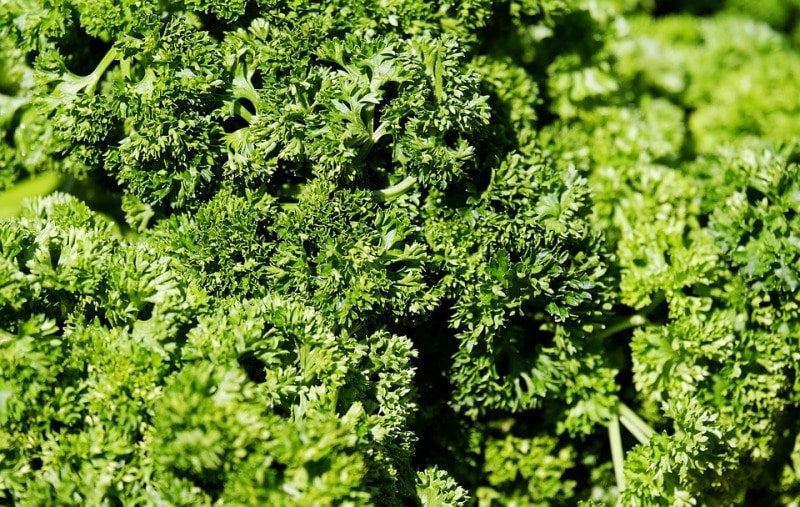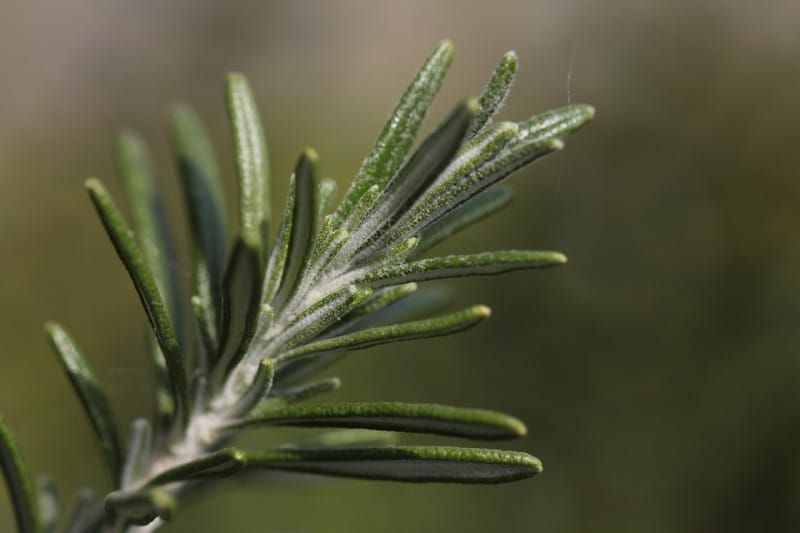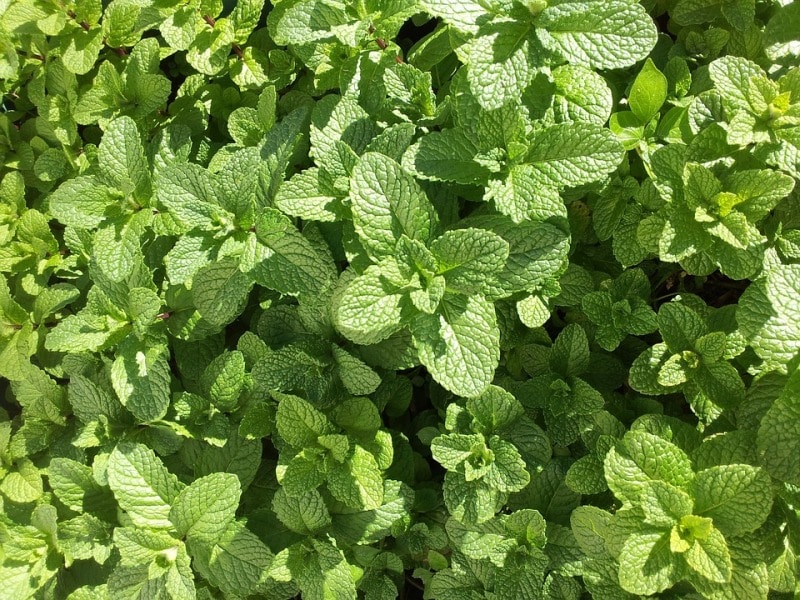Herb Gardening Design Techniques:
Let us discuss today the herb gardening design, techniques, ideas, and tips. Winters or summers, morning or evening every day we use herbs in one or other forms. Whether you are sitting at dominos sprinkling oregano on your favorite pizza or you are sipping your chilled lemonade with mint on summer days.
A lot has been written on herbs since ancient time be it in Vedas or granny’s instant remedies. While some folks believe that some herbs are exceptional and sacred, others use herbs for cosmetics or medication or for culinary purposes. Culinary herbs in small amounts provide delicious flavor to food. In terms of medicinal herbs, some herbs, such as mint leaves have a cooling effect, the leaves and extracts of cannabis and cocoa plants contain psychoactive property that has been used for religious/ceremonial and also recreational purposes. Various herbs are used in many religions for different spiritual purposes such as cleansing, smudging, exercises for rites of passages, and so on. As for herbal cosmetics, mixtures and pastes were often used to brighten the face. Now, however, herbal-based cosmetics come in several forms, such as face creams, scrubs, lipsticks, natural fragrances, and essential oils.
So when we know how important herbs are then why not grow herbs at our own home! What better way to get healthy by growing your own herb garden?
Herbs do not have to take up a lot of space and labor. Herb can be moved indoors or out depending on the season and of course space available.
What are herbs? How to grow herbs at home?
Name of useful herbs? How to start a herbal garden?
Answering your questions is always our foremost priority. Here we will discuss some tips on getting started with your own backyard herb garden. So without wasting much time let’s start our own herbal garden and for this, first you need to understand which type plants are called herbs.
Read: Vertical Gardening Ideas for Beginners.
What are herbs?
Word “herb” is referred to any green or leafy part of a plant or any plant utilized for seasoning and flavoring a recipe, but not used as the main ingredient. We can also call herbs those plants with savory or aromatic properties that are used for flavoring and garnishing food, medicinal purposes. The culinary uses of herbs are what differentiate them from spices.

How herbs differ from spices?
The fundamental difference between herbs and spices lies with what part of the plant they are derived from. A herb is a leafy or other green parts of the plant. While Any other component of the plant would be considered a spice—including dried bark, the roots, a berry, seeds, twigs, or other plant matter that is used for seasoning or enriching flavor a dish. For example, cinnamon is the bark of a tree. Cardamom is a seed pod. Cloves are dried flower buds and bright fragrant saffron is the stigma of a flower. These are all examples of spices. So we can conclude that spices are used in dried form while herbs can be used either fresh or dried.
Steps for herb gardening:

Starting a herb garden is one of the easiest things you can do without putting many efforts. Growing herbs is an easy way to start gardening. So just keep reading to learn about the steps for making a herb garden in your yard.
A necessary thing to Grow Herbs is to put them in The Right Place
The prime requirement for growing Herbs is growing them in the proper location. First, you should decide the location for growing herbs. Most of the herbs that you can grow easily at home need two things proper sunlight and well-drained soil. This means that when considering places in your yard for planting a herbal garden, you need to look for a location that gets at least six or more hours of sunlight per day and soil that is well drained.
Read: Organic Fertilizers for Home Garden.
Herbs can be grown in a variety of places such as containers, pots; however, the herbs always prefer to be grown in the ground where they can spread out. Some herbs grow quite large (4-6 feet), and when they are placed in pots they can become stunted and can get stressed. But If you are short on garden space, put your herbs in pots. That way, you can always bring them indoors when it starts getting hotter. People usually prefer their convenience when selecting a place to start growing a herb garden. Planting near your kitchen makes it easier to harvest herbs from the herb garden.
Pick desired herbs that work the best for your purposes.
Which herbs you grow in your garden depends mainly on what you would like to grow and why. Almost all herbs will grow for at least one season means they are annual rarely they grow year after year. Most herbs are easy to grow but pick ones you will actually use or ones that work well as companion plants to other plants that you are already growing.
Some common herbs that people grow when first starting a herb garden as starter herbs are:
- Mint
- Basil
- Oregano
- Thyme
- Rosemary
- Sage
- Cilantro
- Parsley
- Coriander (leaves)
- Garlic (leaves)

Preparing the Soil:
Shortcuts here are terrible for your little plants. Once you have chosen the location for growing a herb garden, you will need to prepare the soil beds. For preparing the herb garden soil, dig with a large garden fork so that it loosens soil that has become compacted over the years. This permits water to drain and creates space for plant roots to reach down into the soil. If soil is sandy or clay heavy, add plenty of compost. Adding compost to your soil, about an inch or so on top and then mixing it into the soil, helps prevent drainage problems and provide nutrients to the herbs while they are growing. Even if your soil is in quite a good condition, adding some compost into the soil will help. You don’t need to add anything extra when growing herbs, do not use composted manures in the herb garden. These are bulky and normally high in nitrogen, which will make the herbs grow quickly but will reduce their flavor.
Harvesting herbs
Mainly herbs are useful for their leaves rather than their flowers, stem or root, so pinching them off and harvesting them simultaneously can be a good way to keep the focus on vegetative growth over flowers. Frequently harvesting herbs will result in more production and more foliage, which ultimately increases the amount you are able to harvest. For harvesting, you can simply cut off about 1/3 of the branches when your herb reaches at least 6-8″ of height. By cutting closer to a leaf intersection, your plants re-grow very quickly. Some herbs, such as parsley, growth of new leaves occurs from their center. In this case, the older branches need to be totally removed, leaving the new tiny branches growing from the center.
After harvest, you can also preserve some of your herbs for later use. Drying herb is one popular method of preparing herbs for storage. Some herbs, such as parsley and chives, should only be used fresh, as they do not retain their flavor well when they are dried. Freezing herbs is also one of an innovative way to store herb for later use. One fun way to freeze herbs is to create little flavored ice cubes with them that can be simply added to cold water, soups, stews or other dishes. They either melt into the water for a tasty and healthy drink or cook into the dish being prepared and enrich their flavor.
That’s all folks about herb gardening design techniques. Keep gardening!.
Read: Sericulture Training in India.